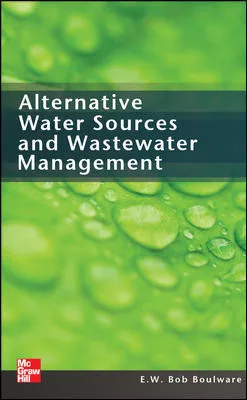EPA Steps Up Clean Water Act Enforcement
EPA administrator recently announced
a plan to retool and reinvigorate the Clean Water Enforcement Program.
The U.S. Environmental Protection Agency Administrator Lisa P. Jackson announced the agency is stepping up its efforts on Clean Water Act enforcement. The Clean Water Action Enforcement Plan is a first step in revamping the compliance and enforcement program. It seeks to improve the protection of our nation’s water quality, raise the bar in federal and state performance and enhance public transparency.
“Updating our efforts under the Clean Water Act will promote innovative solutions for 21st century water challenges, build stronger ties between EPA, state and local actions, and provide the transparency the public rightfully expects,” Jackson stated.
The plan outlines how the agency will strengthen the way it addresses the water pollution challenges of this century. These challenges include pollution caused by numerous, dispersed sources, such as concentrated animal feeding operations, sewer overflows, contaminated water that flows from industrial facilities, construction sites and runoff from urban streets.
Elements of the plan include:
More information on the plan can be found at http://www.epa.gov/compliance/civil/cwa/cwaenfplan.html.
The U.S. Environmental Protection Agency Administrator Lisa P. Jackson announced the agency is stepping up its efforts on Clean Water Act enforcement. The Clean Water Action Enforcement Plan is a first step in revamping the compliance and enforcement program. It seeks to improve the protection of our nation’s water quality, raise the bar in federal and state performance and enhance public transparency.
“Updating our efforts under the Clean Water Act will promote innovative solutions for 21st century water challenges, build stronger ties between EPA, state and local actions, and provide the transparency the public rightfully expects,” Jackson stated.
The plan outlines how the agency will strengthen the way it addresses the water pollution challenges of this century. These challenges include pollution caused by numerous, dispersed sources, such as concentrated animal feeding operations, sewer overflows, contaminated water that flows from industrial facilities, construction sites and runoff from urban streets.
Elements of the plan include:
- Develop
more comprehensive approaches to ensure enforcement is targeted to the most
serious violations and the most significant sources of pollution.
- Work
with states to ensure greater consistency throughout the country with respect
to compliance and water quality. Ensure that states are issuing protective
permits and taking enforcement to achieve compliance and remove economic
incentives to violate the law.
- Use 21st century information technology to collect, analyze and use information in new, more efficient ways and to make that information readily accessible to the public. Better tools will help federal and state regulators identify serious compliance problems quickly and take prompt actions to correct them.
More information on the plan can be found at http://www.epa.gov/compliance/civil/cwa/cwaenfplan.html.
Links
Looking for a reprint of this article?
From high-res PDFs to custom plaques, order your copy today!







